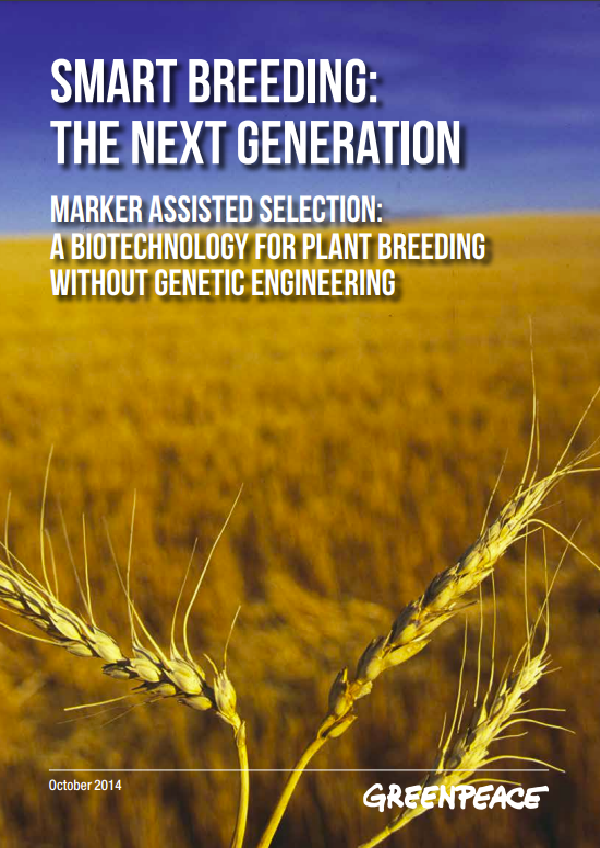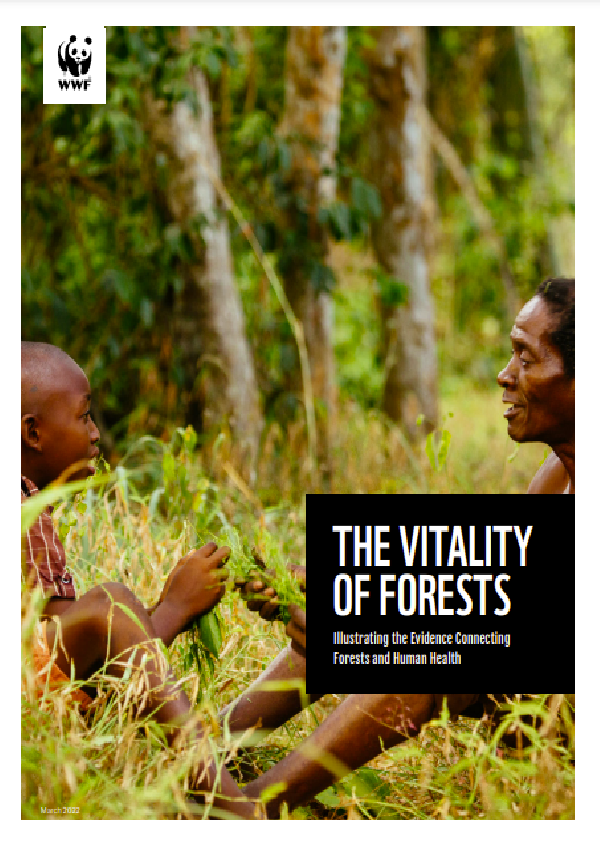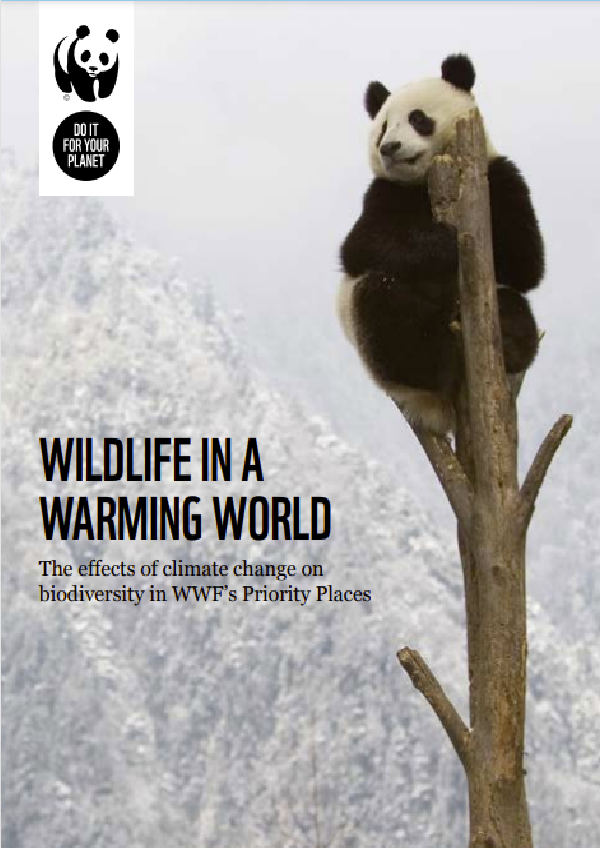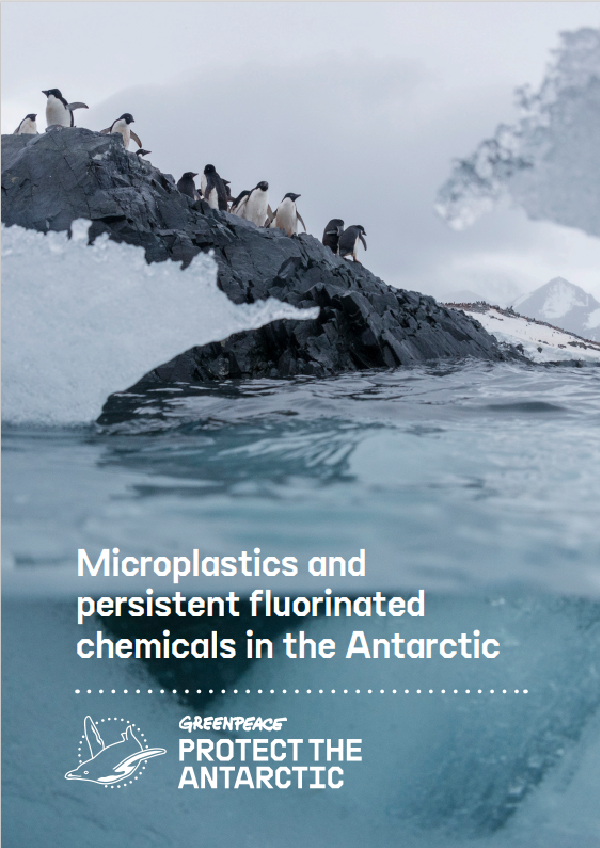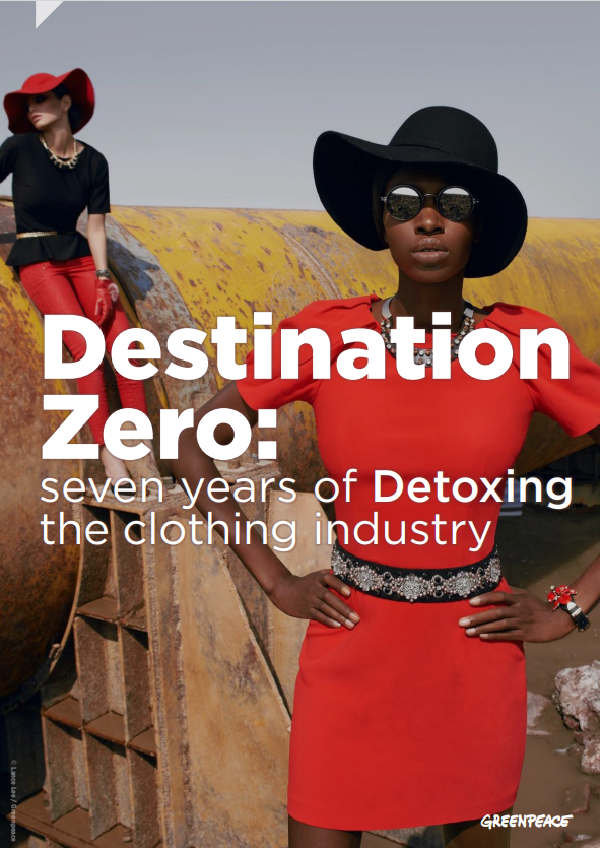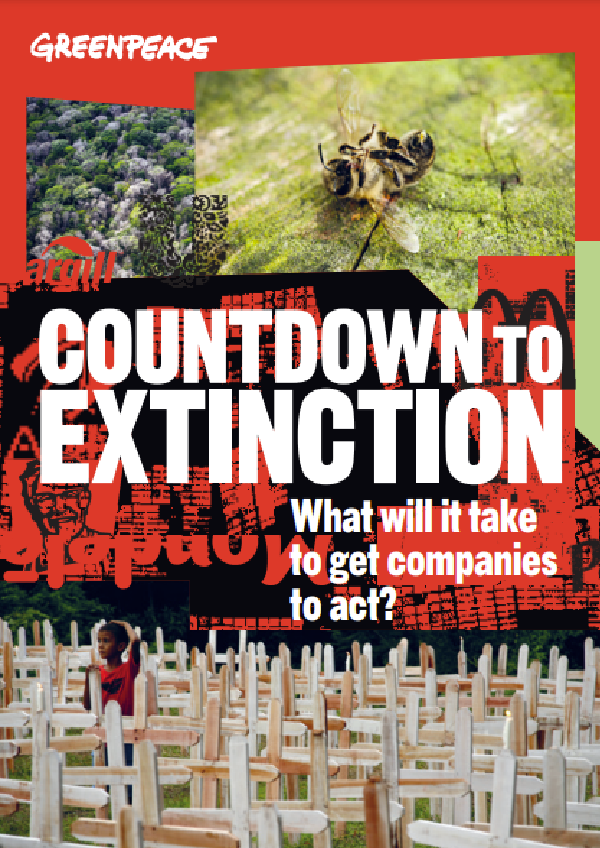GE crops are very limited in sophistication, being almost completely dominated by herbicide tolerance and insect resistance traits. Could the numerous tools of biotechnology deliver better outcomes? This report tries to answer that question.
Genetic engineering has an inability to deal with complex (multi-genetic) traits (often the ones most useful, such as increased yield) and, latterly, its delivery record – given a large amount of private and public sector money and political oxygen – is becoming increasingly difficult to justify.
A different application of biotechnology – marker-assisted selection (MAS) – is quietly making a significant impact. MAS uses a conventional breeding approach – it is not genetic engineering. Instead, MAS uses advanced genetic marker technology to assist the breeding of genes conferring the desired trait into new crop varieties, often with traits introduced from wild relatives or traditional varieties to boost genetic resilience.
Consequently, MAS has fewer safety concerns compared to GE crops, respects species barriers, is more acceptable to consumers, is faster to market, and better tackles complex traits like drought resistance.
Biotechnology is often equated with genetic engineering, and the support or opposition to genetically engineered (GE) crops is often distilled down to being for or against “science”. Yet biotechnology is about much more than genetic engineering, and science and innovation in biotechnology for plant breeding are about much more than cutting and pasting genes between organisms, as genetic engineering does.
The backdrop is the challenges we face in delivering tools for ecological farming and sustainable food production. New technology and innovation are important in reducing inputs and enhancing outputs but alone will not solve issues associated with infrastructure, land access, and poverty. Probably the innovations that would have the biggest impact on equitable global food availability are very broad, including land tenure reform and property rights, different rural groupings having greater social equality or movement toward lower meat consumption diets. Obstacles to these alternative forms of innovation are at least as much to do with commercial, institutional, and cultural barriers as they are to do with technical limits.
New technology may also affect – among other things – power relationships, farmer debt levels, ownership rights and market access, so the stakes are high. This explains why a global study in 2009 – the International Assessment of Agricultural Knowledge, Science and Technology for Development (IAASTD) – looked to distil global wisdom on what the best role of technology is, at least in developing countries. Its conclusion is that innovation across many dimensions of crop husbandry and food production and management have much to offer. But notably it had little to say on the potential contribution of GE crops.
Genetic engineering has an inability to deal with complex (multi-genetic) traits (often the ones most useful, such as increased yield) and, latterly, its delivery record – given the large amount of private and public sector money and political oxygen – is becoming increasingly difficult to justify. GE crops are very limited in sophistication, being almost completely dominated by herbicide tolerance and insect resistance traits. Could the numerous tools of biotechnology deliver better outcomes? This report tries to answer that question.
A different application of biotechnology – marker assisted selection (MAS) – is quietly making a significant impact. MAS uses a conventional breeding approach – it is not genetic engineering. Instead, MAS uses advanced genetic marker technology to assist the breeding of genes conferring the desired trait into new crop varieties, often with traits introduced from wild relatives or traditional varieties to boost genetic resilience. Consequently MAS has fewer safety concerns compared to GE crops, respects species barriers, is more acceptable to consumers, is faster to market and better tackles complex traits like drought resistance.
Source: Greenpeace (http://www.greenpeace.org)
